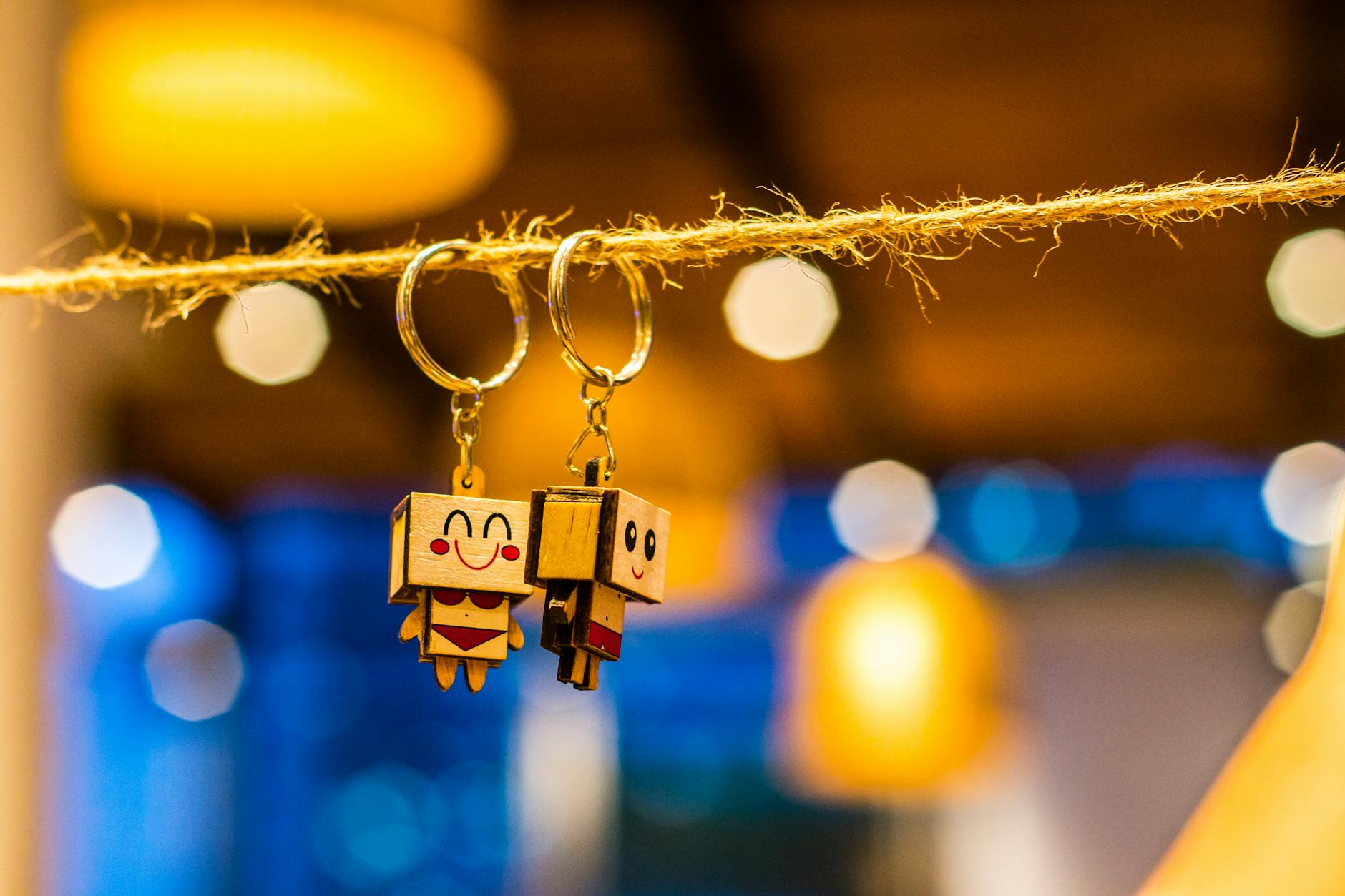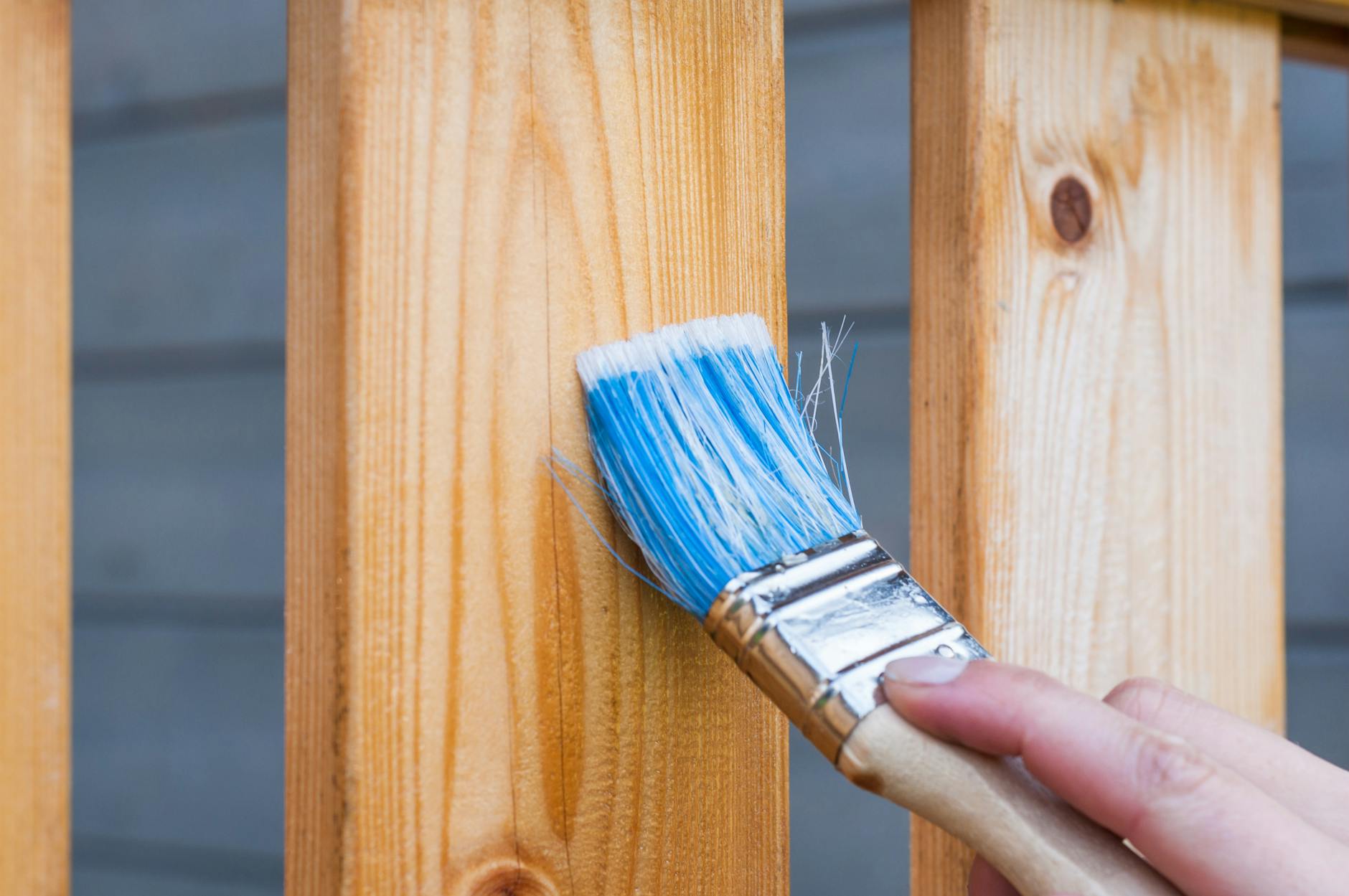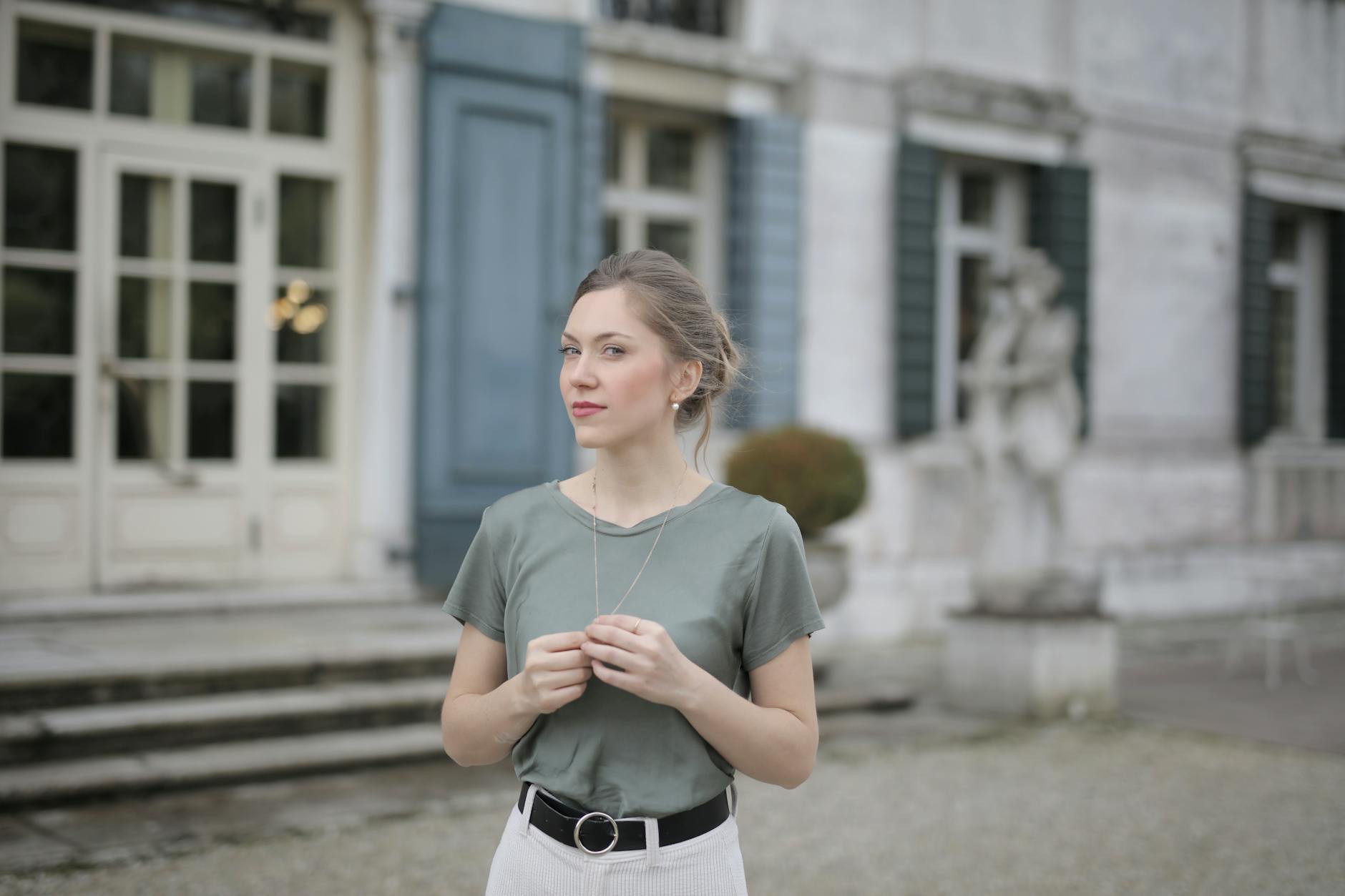Discover how Singapore is tearing down barriers and creating a more inclusive housing landscape for everyone in the city-state.
 Image courtesy of Andrea Piacquadio via Pexels
Image courtesy of Andrea Piacquadio via Pexels
Table of Contents
Hey there, friends! Today, we’re diving into the wonderful world of inclusive housing in Singapore. Have you ever thought about what it truly means for a home to be accessible to all individuals, regardless of their physical abilities? Let’s explore this important topic together!
Understanding the Needs of Individuals with Disabilities
Did you know that nearly more than 13% who is above 50 years old in Singapore have a disability? That’s a significant portion of our population that may face challenges when it comes to accessing everyday spaces, including their own homes. From navigating narrow doorways to coping with uneven flooring, individuals with disabilities often encounter obstacles that can make living independently a daunting task.
Imagine trying to move around your home in a wheelchair or struggling to reach high shelves due to limited mobility. These are just some of the daily hurdles that individuals with disabilities may face, highlighting the importance of creating inclusive housing solutions that cater to diverse needs.
Legislation and Policies Supporting Inclusive Housing in Singapore
It’s heartening to know that Singapore has taken proactive steps to promote inclusive housing through various legislation and policies. From the Building Control Act to the Housing Development Act, these regulations set forth guidelines and standards for ensuring that housing developments prioritize accessibility for all residents. Penrose Singapore is one such development to adhere to the guidelines.
Government agencies such as the Building and Construction Authority (BCA) and the Housing and Development Board (HDB) play crucial roles in enforcing these regulations and providing oversight to ensure that inclusive design practices are upheld. Through collaborative efforts between policymakers, developers, and community advocates, Singapore continues to make strides in creating a more inclusive and welcoming living environment for everyone.
Strategies for Creating Accessible Living Spaces
So, how can we turn the vision of inclusive housing into a reality? Here are some practical strategies that can help guide the design and development of accessible living spaces:
– Prioritize features such as wide doorways, grab bars, and non-slip flooring to enhance accessibility within the home.
– Embrace assistive technology and smart home solutions to empower individuals with disabilities to live more independently.
– Collaborate with disability advocates and community organizations to gather insights and feedback on inclusive design practices.
By incorporating these strategies into housing projects, we can create environments that not only meet the needs of individuals with disabilities but also promote a sense of inclusivity and empowerment for all residents.
Conclusion
As we wrap up our exploration of inclusive housing in Singapore, let’s reflect on the impact that accessible living spaces can have on our community as a whole. By breaking down barriers and embracing universal design principles, we can pave the way for a more inclusive and equitable society where everyone feels welcomed and valued.
So, whether you’re a homeowner, developer, or concerned citizen, let’s join hands in advocating for inclusive housing solutions that cater to the diverse needs of our community. Together, we can create a more inclusive and accessible future for all in Singapore!
 Image courtesy of THIS IS ZUN via
Image courtesy of THIS IS ZUN via  Image courtesy of Pixabay via
Image courtesy of Pixabay via  Image courtesy of Andrea Piacquadio via
Image courtesy of Andrea Piacquadio via  Image courtesy of issuu.com via
Image courtesy of issuu.com via